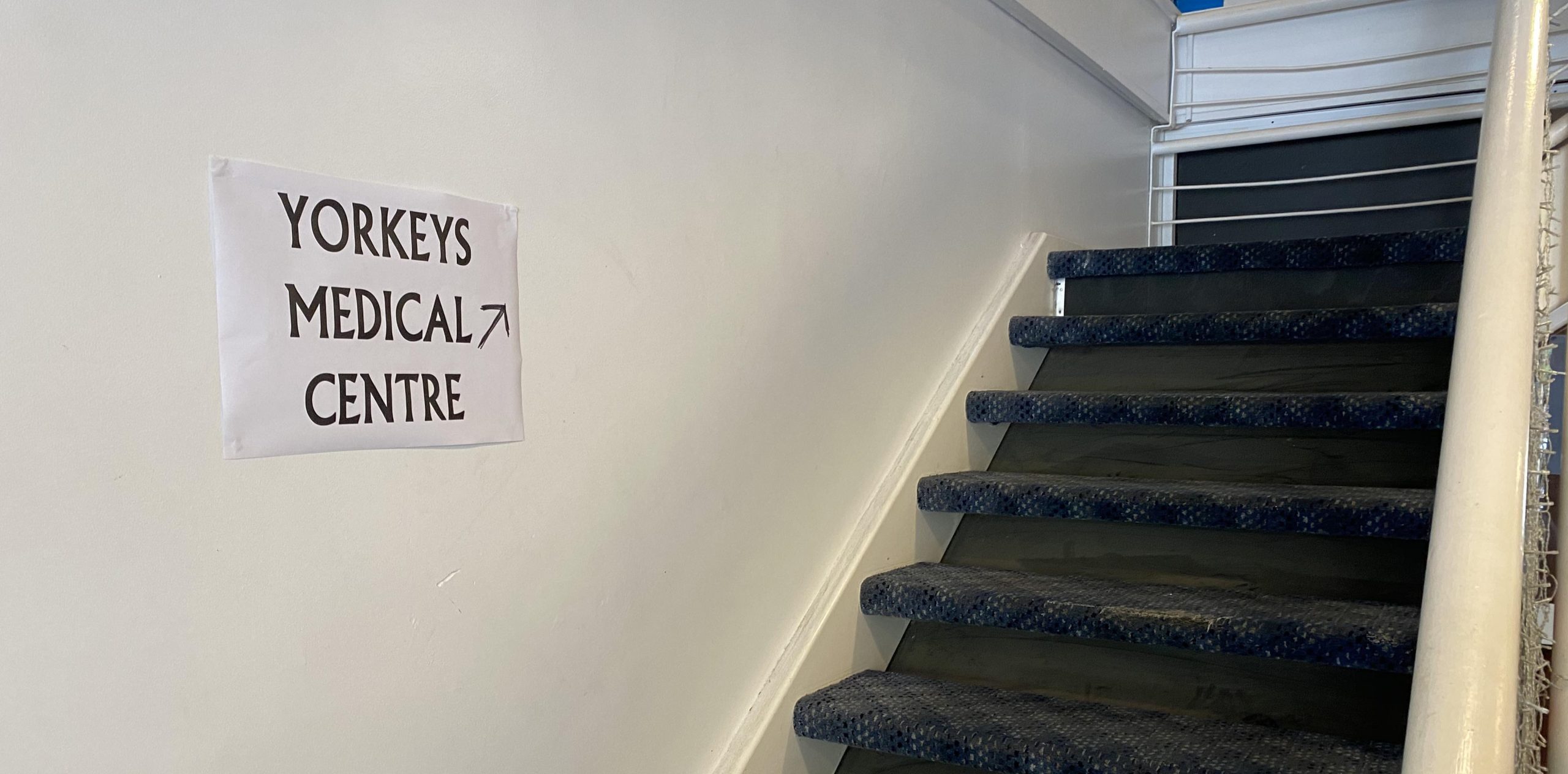GPs should be in evacuation centres and included in disaster planning, says the RACGP and a PHN.
After incorporating GPs into local disaster response “on the run” during the devastating 2013 Blue Mountains bushfires, it was clear primary care was integral to emergency planning, says the CEO of Wentworth Healthcare, a provider for Nepean Blue Mountains PHN.
Today, the RACGP announced the release of its new resource on GP involvement in disaster management, which calls on local health authorities to include GPs in response teams at evacuation centres.
The college also released a new position statement recommending that GPs be included in disaster planning and be provided with dedicated funding for disaster preparation, response and recovery.
CEO of Wentworth Healthcare Lizz Reay said the importance of integrating GPs into disaster response was clear during the devastating bushfires of 2013.
“The need for GP support at these crowded evacuation centres was identified early on, to reduce the burden on emergency services and hospital resources,” she said.
“At the request of the hospital, our organisation helped identify local GPs to assist in the response and developed a roster for GP attendance at the evacuation centres.
“This was all done on the run.
“This highlighted to us the need for primary care to be officially recognised in emergency management plans and for GPs to be prepared prior to disasters, to improve response and recovery outcomes and to ensure community safety.”
In the aftermath of the disaster, the organisation rallied to include primary care in local emergency disaster planning, said Ms Reay, leaving the area much better prepared for the 2019-20 bushfires.
“Some of our preparations included, among other things, having an active register of local, credentialled volunteer GPs who could work at evacuation centres if needed and who had also received additional training in disaster medical management,” she said.
“We developed resources and tools needed by GP volunteers at emergency evacuation centres such as role descriptions, triplicate pads of patient summary forms and prescription pads, a GP vest to clearly identify volunteer GPs, and medical packs with supplies to complement the GP’s own Prescriber Bag, or ‘doctor’s bag’ of emergency use medicines.
“Together with our PHN, registered volunteer GPs are also involved in scenario planning activities to ensure they are well equipped to undertake the role in a disaster.”
Speaking on the new resources, RACGP president Dr Nicole Higgins said GPs needed to be integrated into disaster management before the fact, not on the fly.
“When disaster strikes, local GPs are on the front line, but to help their communities, it’s important they’re part of a coordinated response,” she said.
“There have been times when GPs have had to be turned away from evacuation centres because the planning simply hasn’t been in place.
“That’s not a matter of poor judgment by emergency responders or a reflection on those GPs’ capabilities, it’s that the planning and policy settings weren’t there to recognise the training GPs have to treat evacuees in emergencies.”
Dr Higgins suggested that part of the issue may have been that general practice was considered the remit of the federal government, while emergency planning was generally handled more locally.
“We need to ensure state, territory and local governments include the capabilities of their local GPs in their disaster management planning and response, and local GPs make contact before an emergency,” she said.
The college recommended that PHNs establish lists, in advance, of GPs and other health professionals that may be able to assist in the case of an emergency.
The RACGP and PHNs should be included by all levels of government in planning for emergencies and disasters, added the RACGP.
Related
“In many parts of Australia, good disaster management practice has really improved coordination between GPs and local health authorities in emergencies, especially after the Black Saturday and 2019-20 bushfires,” said Dr Higgins.
“That showed in the safety the Nepean Blue Mountains response provided to its communities, for example.
“We are far, far more able to respond and keep people safe in disasters if the planning has already happened, and it’s important that emergency response planners consider what GPs can bring to the table and that GPs engage with them.”
The RACGP has also developed a new resource for GPs working in evacuation centres.





